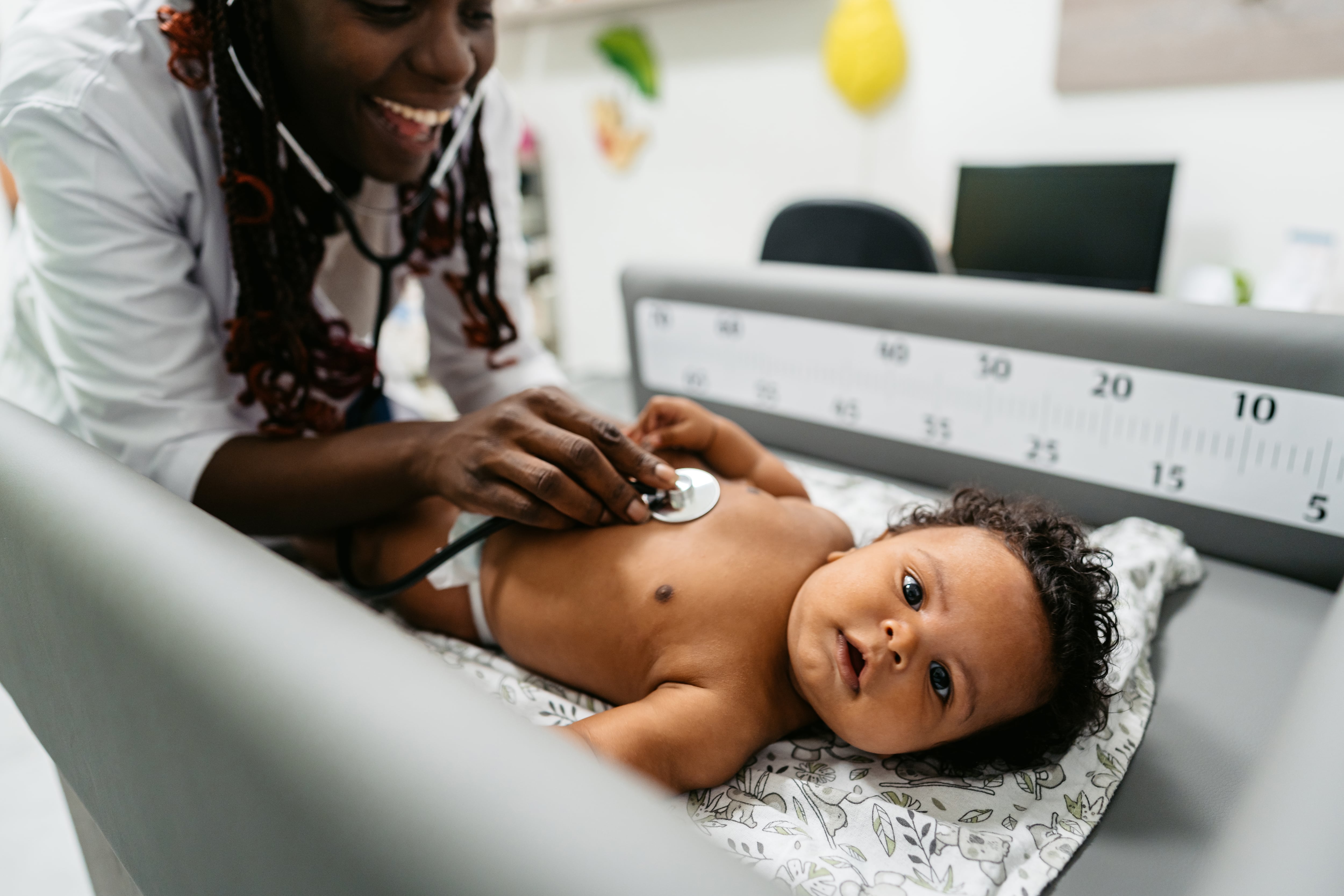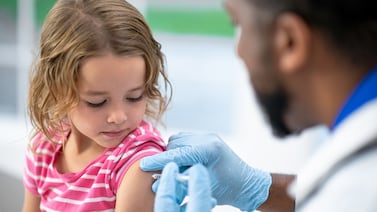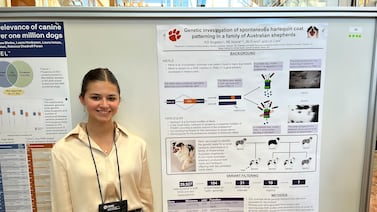This is a guest essay for Healthbeat. Public health, explained: Sign up to receive Healthbeat’s free national newsletter here.
While public health agencies focus primarily on assessment, policy development, and assurance of services, they are also frequently tasked with the primary prevention and control of high-priority infectious and chronic diseases and with supporting maternal-child health.
Artificial intelligence can improve disease control by improving patient communication, supporting clinical decision-making, and managing resources and data more effectively.
AI can improve immunization logistics and uptake
Public health agencies often manage the ordering, distribution, and monitoring of recommended childhood vaccines and some adult vaccines, such as influenza. The Covid-19 pandemic exposed important weaknesses in these systems, including patient registration and eligibility assessments, recall reminders, and inventory management.
Many immunization information systems also have gaps in their ability to integrate with electronic health records, and, in some states, legal barriers restrict the completeness of recording and reporting. AI can help clean and standardize these records, filling in missing data and identifying children who have missed routine vaccines.
Several examples of using AI for immunization systems have been documented outside the United States. In DataKind’s collaboration with Gavi, an AI-supported system used natural language processing to scan paper-based health records and extract vaccine histories, helping outreach workers locate unvaccinated children. It also used machine learning to predict where vaccine stocks would run low and which areas were likely to have higher dropout rates.
These insights help immunization programs pre-position supplies, organize mobile clinics, and target community education campaigns. They also help prevent waste and shortages of vaccines.
AI can strengthen HIV, STI, and TB prevention and treatment
Public health departments operate some of the longest-running, most comprehensive programs to screen and treat tuberculosis, sexually transmitted infections, and HIV. Despite tremendous advances in biomedicine — from rapid testing systems to improved prevention and treatment regimens for all three conditions — many health departments still rely on antiquated systems for other aspects of disease control. Registering, tracing, and tracking patients and exposed persons often requires the use of paper forms, faxed results, and manual data entry.
Digital chatbots, already tested in HIV and STI programs in South Africa, can improve outreach by answering common questions, booking appointments, and conducting eligibility screening. AI can also analyze surveillance data to identify geographic clusters of new cases or detect unusual patterns that might indicate a gap in prevention services.
For TB, computer vision algorithms can now interpret chest X-rays more accurately than non-specialist clinicians. While these tools do not replace clinicians or case managers, they could be used to triage patients faster, support decision-making, and flag anomalies in real time.
That, in turn, allows skilled public health workers to focus on activities that require human interaction, empathy, and judgment, such as interviewing patients about highly sensitive topics, counseling them on treatment options and social services, and supporting them emotionally.
AI can strengthen services to pregnant patients and infants
Public health systems have long prioritized linking people to care as soon as they become pregnant and supporting them through pregnancy and the first weeks of a baby’s life. Delays in accessing care, poor follow-up, and low-quality care can lead to complications, disability, or death, as demonstrated by persistently high infant mortality rates and a growing epidemic of congenital syphilis.
Digital assistants powered by AI can help frontline health workers deliver timely information to pregnant people and new parents, including personalized messages about antenatal visits, warning signs, and infant feeding. When integrated with electronic health records, these systems can alert providers when patients miss appointments or when risk factors suggest the need for more frequent monitoring.
In Rwanda, an AI algorithm used data from routine prenatal visits to predict which pregnancies were most likely to result in adverse outcomes. When applied, this could help nurses and midwives prioritize specific patients for follow-up care, reducing their workload and improving outcomes. Similarly, AI-supported triage tools can help differentiate normal from high-risk deliveries, ensuring that women are routed to the most appropriate facility for their pregnancy.
Postnatal care may offer the most immediate opportunity to improve outcomes. Many deaths among mothers and newborns occur in the weeks immediately after birth. AI-powered mobile apps or voice-based tools can help monitor symptoms, guide self-care, and prompt clinic visits when needed.
AI can help expand reach and reduce inequity in chronic disease care
While screening for hypertension, diabetes, and cancer is primarily carried out by clinics and hospitals, public health agencies often organize mass screening events, promulgate guidelines, and work to connect underserved populations to care. AI can help improve the efficiency and equity of these efforts.
Algorithms can analyze electronic health records and insurance claims to identify people who are overdue for screening. AI tools can also support mobile screening units by rapidly interpreting test results and flagging high-risk individuals for follow-up. In India, researchers developed a smartphone-based retinal scanner paired with an AI system that screens for diabetic retinopathy, allowing trained technicians, not ophthalmologists, to provide service in rural areas.
For cancer screening, AI can support interpretation of mammograms, Pap smears, or stool-based tests. Chatbots, phone-based reminders, and predictive risk models can help ensure that people complete initial testing and follow through with diagnostic evaluation and treatment.
AI implementation requires funding, leadership, and oversight
One of the most critical unanswered questions is whether AI applications will improve services and disease control in populations who distrust health institutions or face barriers to care. AI evangelists argue that AI can help health care workers personalize their outreach messages, identify the highest priority persons or populations for intervention, and offload some routine tasks to increase the amount of direct human contact with persons in need of services.
The risks, however, remain substantial. AI in public health raises concerns about data privacy, surveillance, bias, and accountability. Systems trained on incomplete or biased data can reinforce inequities. Tools designed without community input may be rejected by those they aim to serve. And commercial AI systems may be unaffordable for public agencies unless open-source models or shared infrastructure are developed.
Realizing the benefits of AI, while limiting the harms, will require public health agencies to have a combination of funding to modernize data systems, leadership willing to take chances, and ongoing technical, ethical, legal review about patient rights and equitable application.
Dr. Jay K. Varma is a physician and epidemiologist. An expert in the prevention and control of infectious diseases, he has led epidemic responses, developed global and national policies, and implemented large-scale programs that saved hundreds of thousands of lives in Asia, Africa, and the United States.






